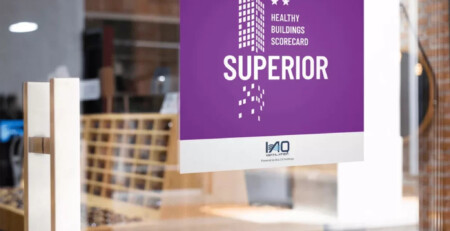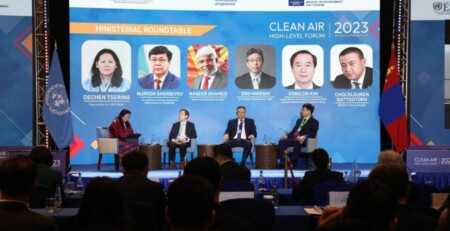Is your commercial HVAC electricity bill soaring? Poor maintenance could be to blame
What’s the easiest way to significantly reduce electricity consumption from commercial air conditioning equipment?
For businesses focussed on the bottom line and also conscious of the impacts of climate change, a study has spotlighted the most common faults that drive up electricity use and operating costs.
But before we discover what those faults are, a spoiler alert: the simple solution to achieving a considerable reduction in cost and usage is to improve your maintenance regime.
Here’s a fact that won’t surprise you
Heating, Ventilation and Air Conditioning (HVAC) equipment uses more than 24 per cent of electricity generated in the country. And contributes about 11.5 per cent of our total emissions.
That’s the message of a report titled Leaks, maintenance and emissions: refrigeration and air conditioning equipment. Authored by climate change consultants, Expert Group, the report details common faults found in air conditioning equipment and how these can be managed to significantly reduce electricity use as well as the cost of leaks and emissions.
Simple measures – such as routine HVAC maintenance – is key to reducing these numbers.
What’s causing the electricity usage to spike?
The report highlights the most common faults in the installation, operation and maintenance of air conditioning equipment responsible for escalating power consumption.
Among the culprits are dirty condensers and evaporators; airflow faults; control systems, sensors and wiring issues; poor equipment location; and poor quality installation.
These faults have the “potential to severely degrade performance and increase energy consumption,” the report states.
But when these faults are addressed through regular maintenance, there is “potential to deliver electricity savings and meaningful economic returns”.
Why maintenance is the logical solution
A key finding of the report was that businesses can unlock potential savings with one specific measure: commercial air conditioning maintenance.
Businesses that adopt a reactive only maintenance attitude – that is, we’ll fix it when it breaks – experience the greatest increase in equipment energy use by a significant margin: up to 60 per cent.
Conversely, a proactive preventative approach to maintenance delivers best results with a reduction in energy use by up 20 per cent.
Why does this matter? Firstly, there are economic benefits to be gained by business. But also because refrigeration and air conditioning equipment is estimated to consume more than 24 per cent of all electricity generated in the economy. That’s about 11.5% of national emissions. In a nutshell, energy efficient HVACs have environmental benefits too.
It’s time to review your maintenance regime
Proper – and regular – maintenance is just one step to achieving energy efficiency improvements.
You also need the experts on your side.
“The maintenance activities that deliver both improvements in energy efficiency and reductions in loss of refrigerant charge require skilled technicians with the appropriate licensing, knowledge and understanding,” the report concludes.
Ausmech Air are Sydney’s leading commercial air conditioning specialists for the aged care, education and health care sectors. Our air conditioning maintenance program includes a thorough inspection, testing, cleaning, deodorising coils, unblocking drains and checking for damaged parts – all of which ensures your HVAC system runs effectively and efficiently.
Speak to us about reviewing your maintenance regime.










